Broccoli with Satay Sauce
• ⅔ cup coconut flakes
• 1 tablespoon coconut butter
• 2 teaspoons thai red curry paste, use a curry paste that you are ok with
• ⅓ cup almond butter
• 1 tablespoon tamari, Braggs works too
• 1 drop stevia
• 1 tablespoon apple cider vinegar
• ½ teaspoon garlic powder
• 1 cup water
Other Ingredients
• 2 cups broccoli, cut small or replace with ANY other veg you have
• 2 tablespoons green onion, chopped fine, for garnish (or parsley/cilantro)
• 1 tablespoon sesame OR hemp seeds, for garnish
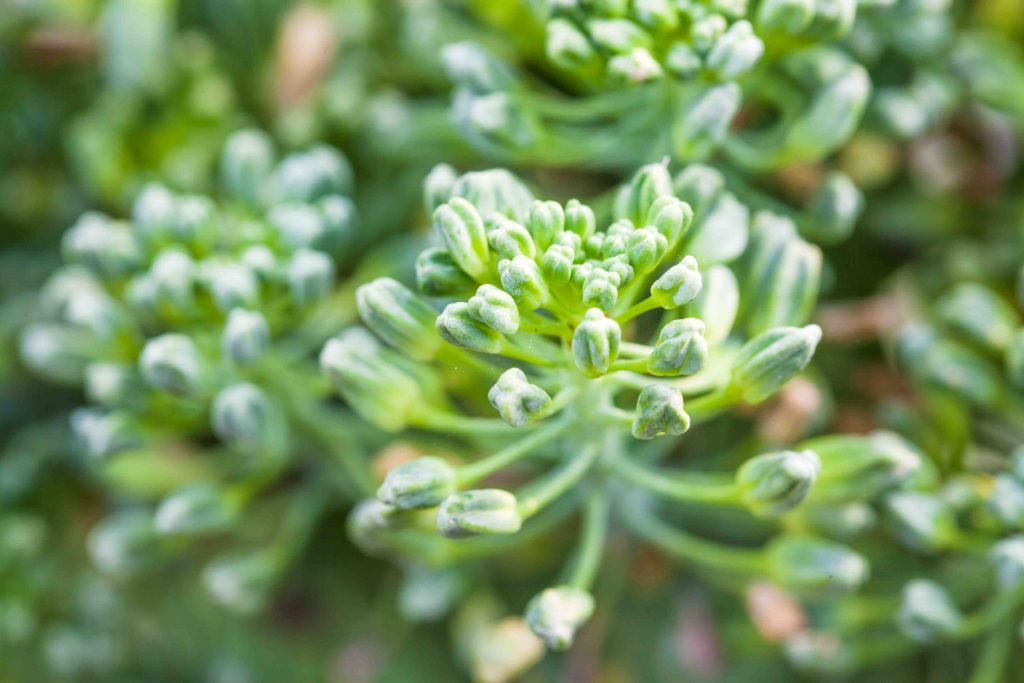
Instructions
Coconut: Soak the 2/3 cup coconut in 1 cup of water overnight or for at least 20 minutes while you prepare the other ingredients
Broccoli: Chop your 2 cups of broccoli fine. Steam if that works better for you, use any steamed or raw veg here that you can digest happily
Sauce: Blend all sauce ingredients to gather until smooth in a high speed blender (except the green onion and sesame) Taste for sweetness/spiciness/saltiness and adjust to taste
Serve: Pour just enough sauce onto the broccoli to cover and massage into the broccoli until it takes on a cooked texture. This can be dehydrated for two hours at about 110 F to take on a softer more condensed texture as well.
Garnish with green onions and sesame seeds and serve
(The sauce can also be used as a dip for the broccoli or for other veggies)

The thai chilis in here may actually help with intestinal permeability. Broccoli can actually CAUSE intestinal permeability if it is not chewed properly. Chewing our food is very important for our digestive health. Your digestive bacteria will make sulforaphane from your broccoli whether it is cooked or raw but really benefit from the florets being chewed well.
Read more

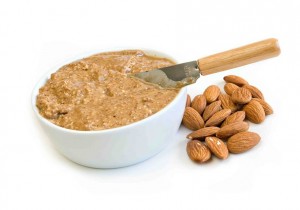
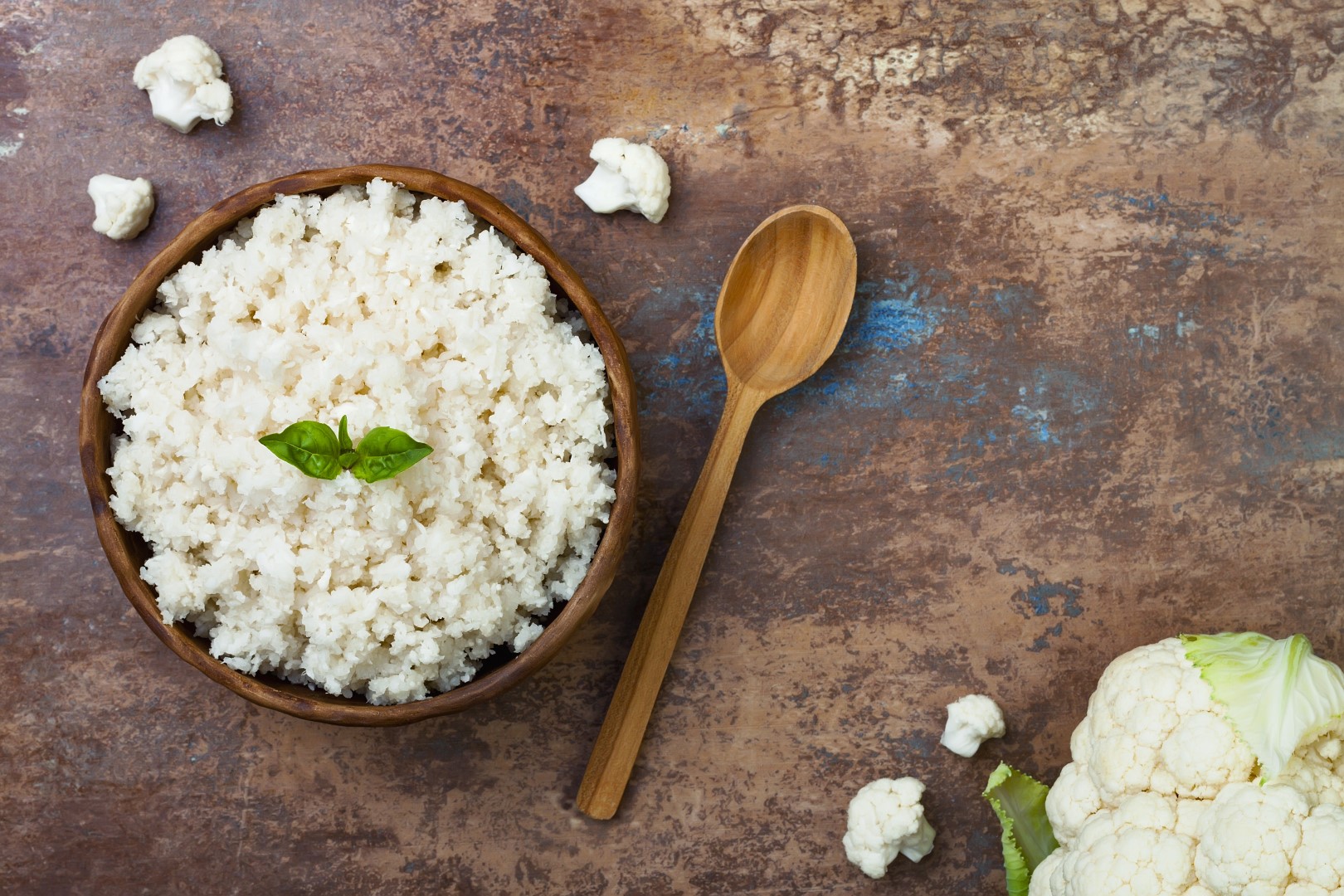
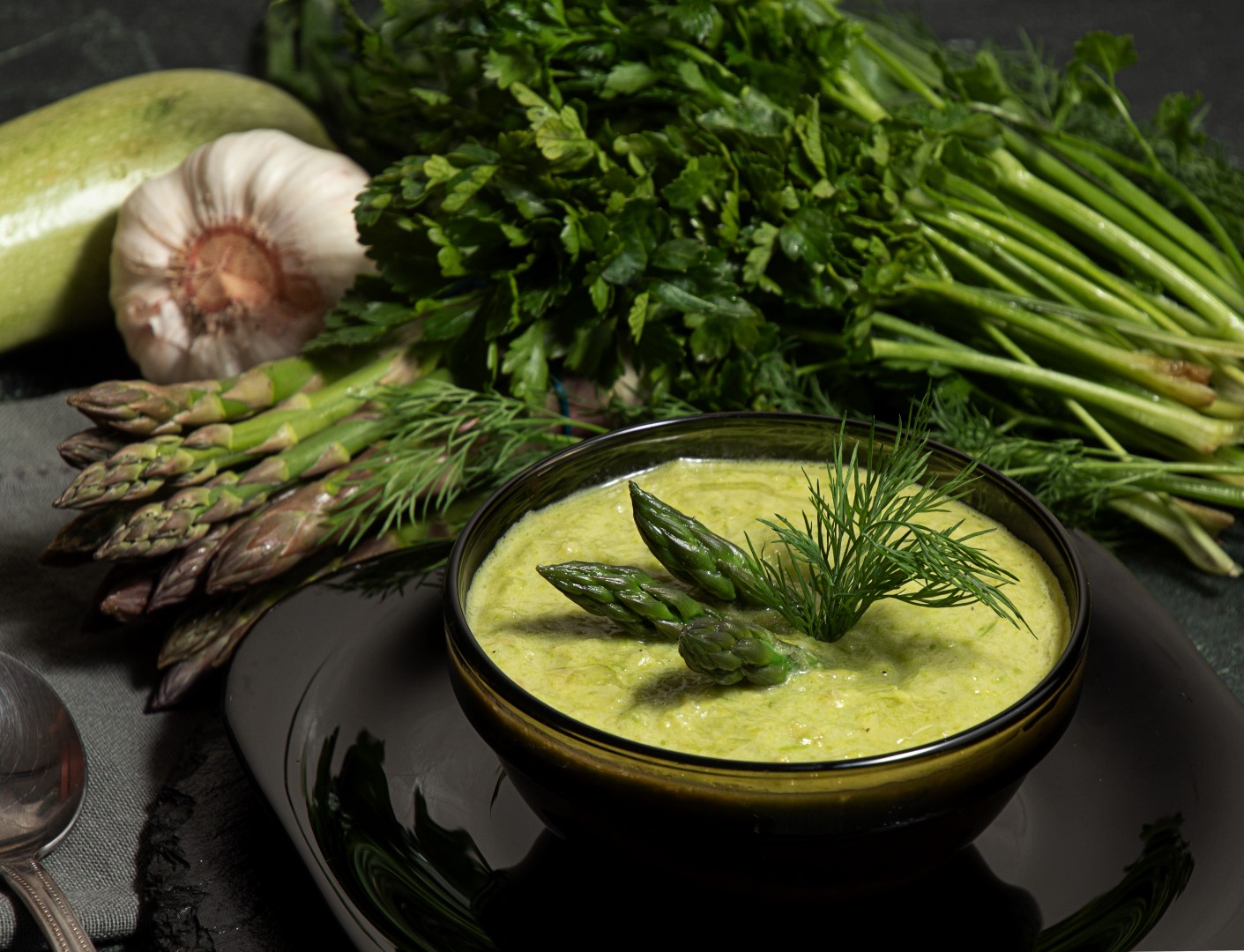
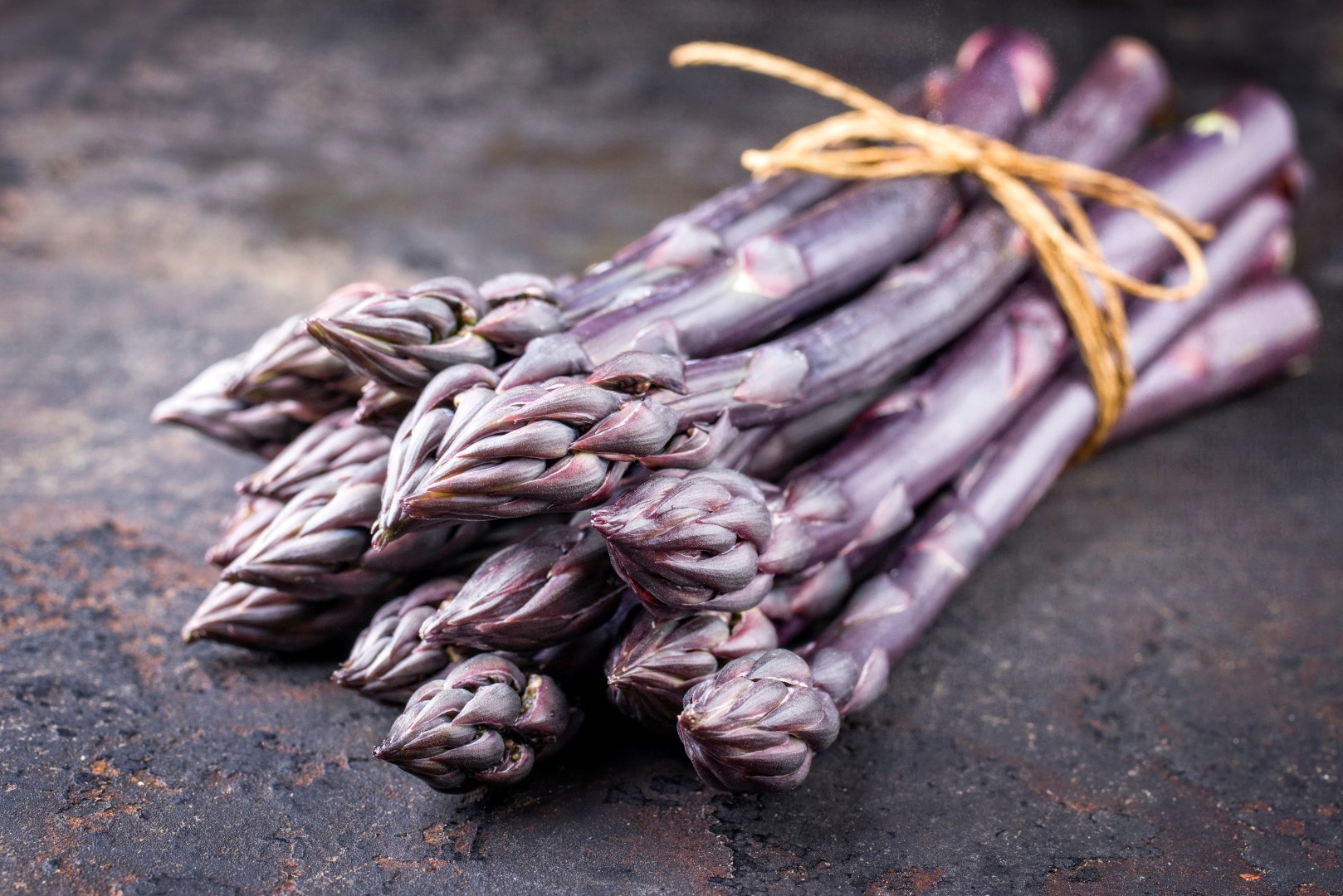
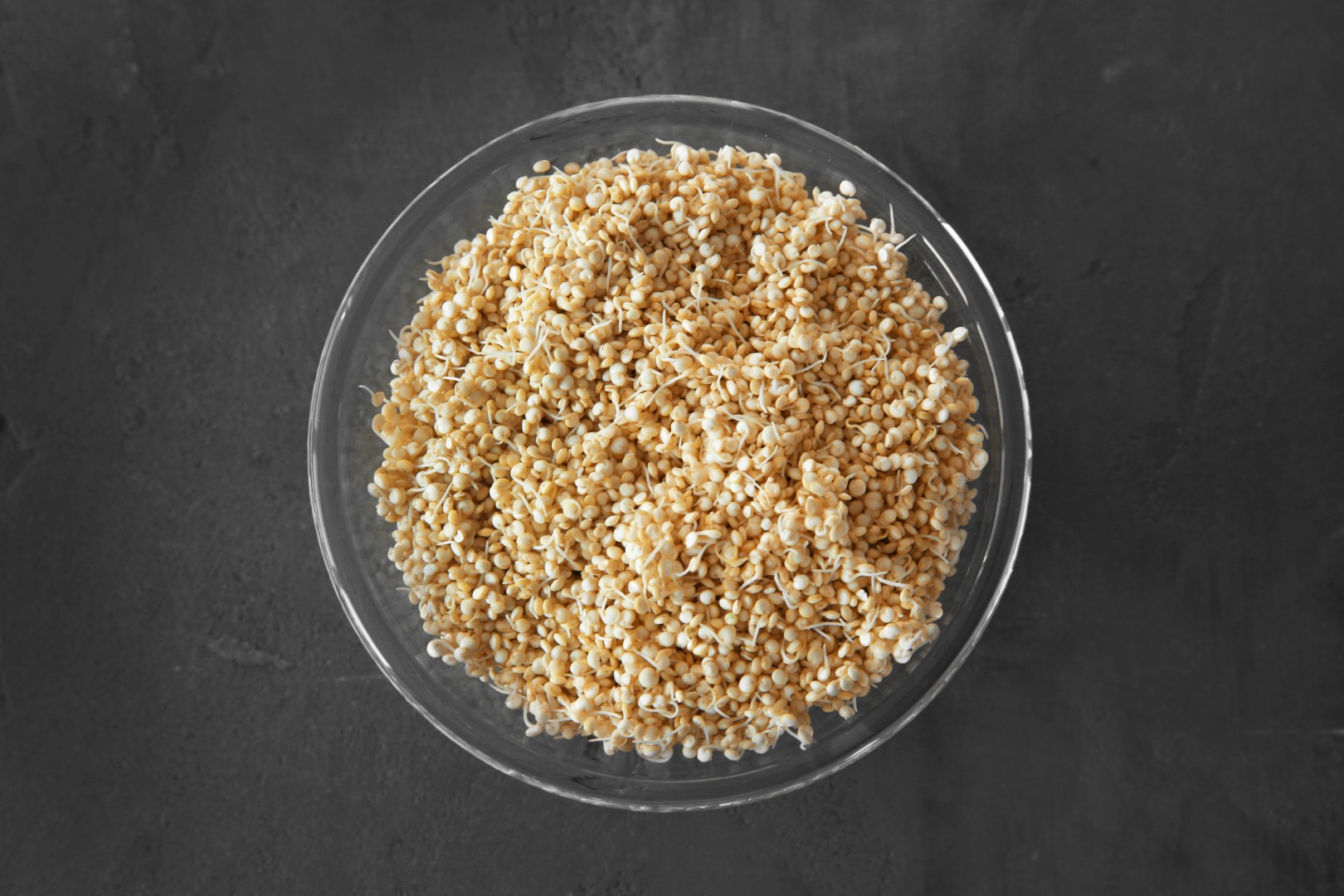 Enjoy this broccoli bowl with your favourite movie and pair of fuzzy socks or with chopsticks and a friend on the beach. It is best to sprout the quinoa just until little tails appear but not until they get too long. I like mine after 24 hours. If using sprouted quinoa this recipe would take 24 hours to sprout and 2 hours in the dehydrator. You can also serve the broccoli on a bed of greens or kelp noodles and skip the dehydration step just to make it fresh and instant… just like take-out only way way better 🙂
Enjoy this broccoli bowl with your favourite movie and pair of fuzzy socks or with chopsticks and a friend on the beach. It is best to sprout the quinoa just until little tails appear but not until they get too long. I like mine after 24 hours. If using sprouted quinoa this recipe would take 24 hours to sprout and 2 hours in the dehydrator. You can also serve the broccoli on a bed of greens or kelp noodles and skip the dehydration step just to make it fresh and instant… just like take-out only way way better 🙂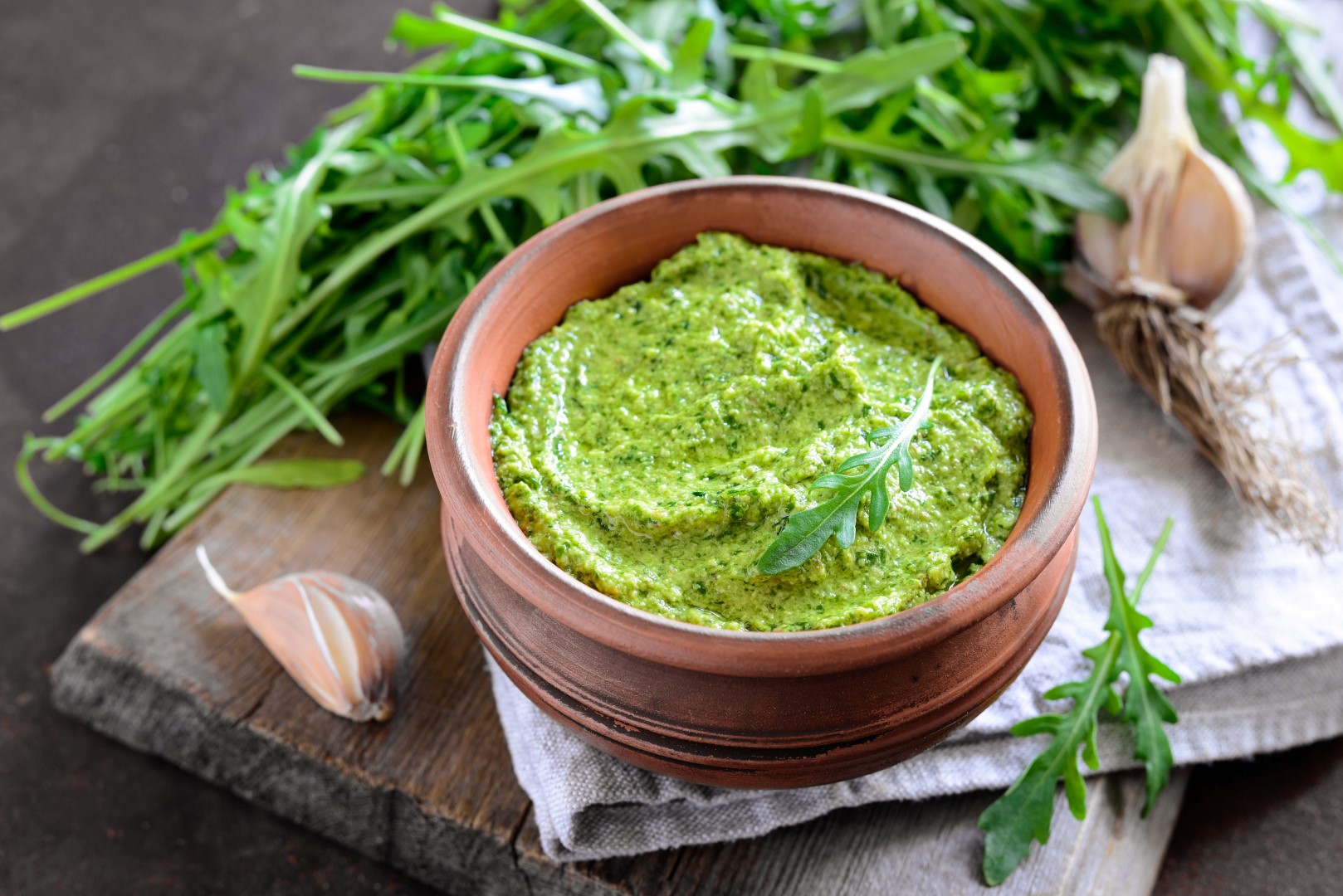 Pesto is fast and easy, can be made with any greens including wild ones and can be used for anything from flavouring zucchini noodles to layering on top of raw crackers to stuffing baby tomatoes or mushrooms (my favourite). I love the spiciness and freshness of baby arugula and now on the 1st of February am already starting to see some coming up in my garden. I hope you enjoy the pesto as much as I always do.
Pesto is fast and easy, can be made with any greens including wild ones and can be used for anything from flavouring zucchini noodles to layering on top of raw crackers to stuffing baby tomatoes or mushrooms (my favourite). I love the spiciness and freshness of baby arugula and now on the 1st of February am already starting to see some coming up in my garden. I hope you enjoy the pesto as much as I always do.



